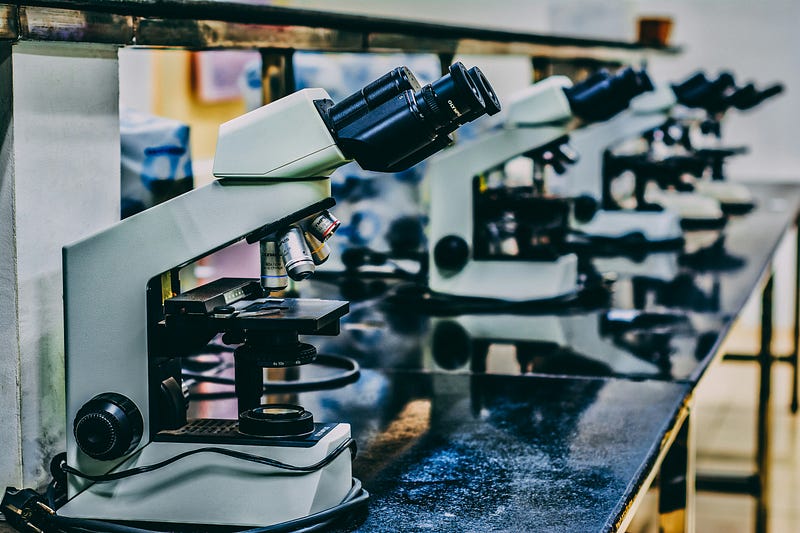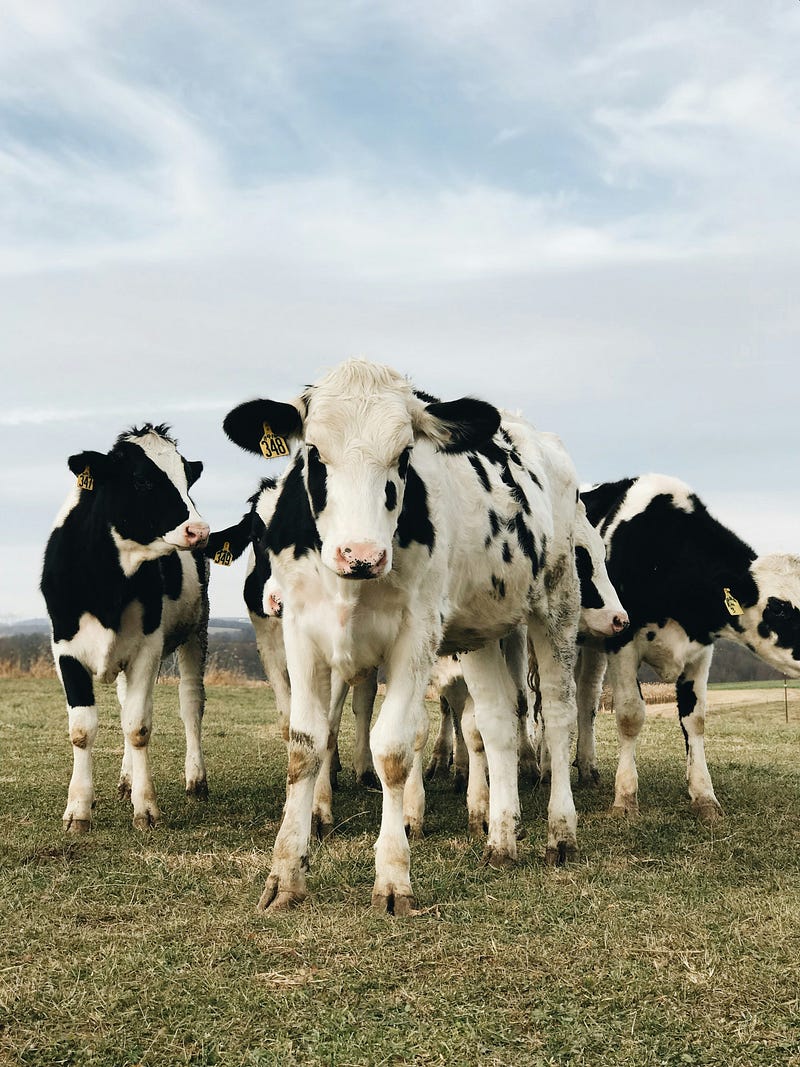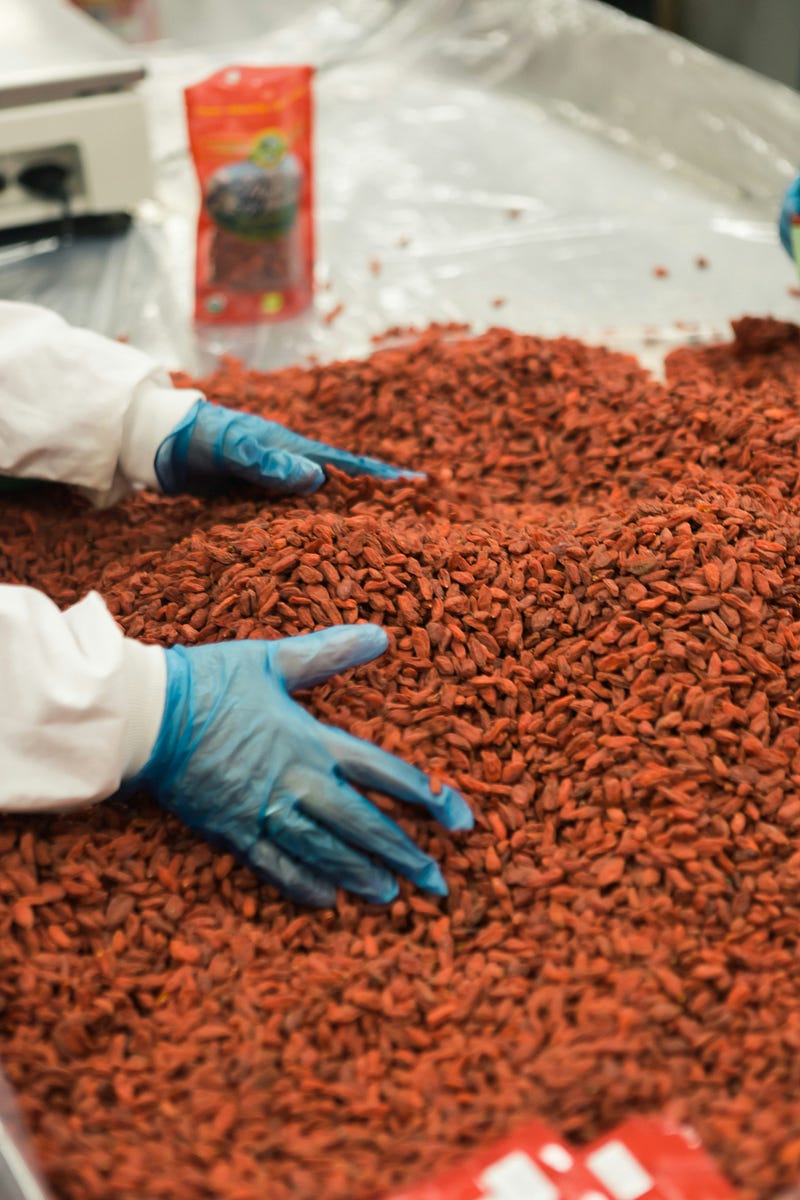
Take a moment to ponder that deeply unsettling question. Because whether you flat-out reject such an ominous premise or find yourself reluctantly intrigued, the sci-fi fantasy of lab-grown meat is fast becoming a multibillion-dollar reality racing towards your dinner plate.
I’m talking about the kind of meat that never saw a slaughterhouse, never grazed on a footprint of land, never felt the warmth of living breath ghosting across its sinews and muscles. Instead, this “cultured” animal tissue is the product of hardcore bioengineering — meticulously cultivated from stem cells in sterile bioreactor vats under tightly controlled conditions.
Sound unnatural? Potentially unethical even for the most ravenous carnivore? Well, this radical new protein source dubbed “cultivated meat” or the arguably more palatable “cell-based meat” is quickly positioning itself as a disruptive solution to some of modern society’s most daunting challenges. A revolution in how we feed billions without decimating the environment or inflicting mass cruelty on sentient beings.
But at what cost to our own sanctity? When invisible biological assembly lines birth our hamburgers and t-bone steaks with the cold precision of industry, are we not relinquishing something irretrievable about our species’ intimate relationship with the natural world?
These are just a few of the complex moral, ethical, and existential conundrums we’ll be dissecting in this deep dive into the polarizing ascendance of lab-grown meat onto a global stage. Because for as rosy as the world’s most prestigious scientific institutions make this biotechnology sound, there are ominous undercurrents to explore that cut to the very core of what makes us human.
Cracking the Code: Inside the Strange Science of Cultivating Flesh
First, a little background on the “secret sauce” that animates this young yet remarkably advanced field. Despite its seemingly modern inception, the cellular agriculture techniques behind cultivated meat can trace their roots back over a century to the pioneering researchers investigating consumable biomass at the Queensferry utopian commune in Scotland.
The foundation of lab-grown meat production centers on what’s known as a immortalized cell line. These are stem cells extracted from a living animal (typically a biopsy from cattle, pigs, or chickens) that have been genetically reprogrammed to self-renew indefinitely. Introducing certain growth factors and nutrient serums mimicking an embryonic environment causes these cells to morph into muscle fibers — the building blocks of meat.
Of course, that’s a gross over-simplification of an intricate and still-evolving process requiring multi-staged bioreactor setups where different cell types are cultivated, harvested, and combined before they form the edible tissue matrix we’d recognize as an actual steak, burger, or McNugget. There are specialized “cultivators” inducing the muscle cells to flex and develop texture, “stromals” that provide the connective fat tissues, and even “inks” that can 3D print the whole assemblage into a recognizable steak fiber-by-fiber.
The end result is something virtually indistinguishable from conventional animal flesh — at least visually and organoleptically speaking. Whether the taste, nutritional values, and molecular signatures are truly 1:1 remains hotly contested by both boosters and detractors of the technology.
Admittedly, the visual resemblance is supremely uncanny. Clean meat startups have already managed to produce dine-able products with microscopically appropriate textures, marbling, and all the superficial traits of ground beef, chicken breasts, and other meats. There’s even a bioengineered shizoid “duck” meat patty in development at one facility that apparently boasts its own seared and sizzled “skin” — and no, no birds were molested in the process.
In fact, animal welfare is among the core catalysts driving the meteoric rise of this cultured flesh future. The foundational argument posits that by reducing the world’s reliance on finite livestock populations grown under heinous factory farm conditions, we can collectively advance a more compassionate path forward aligned with ending animal cruelty.
It’s an enticing moral win for plant-based folks wracked with guilt over their meatier cravings. A literal “have your steak and eat it too” solution enabling the virtue of vegetarianism to be upheld…even if that porterhouse came from a test tube.
But at what philosophical price?

Drawing Ethical Lines: Necessary Evil or Techno-Dystopia in the Making?
For starters, the animal agriculture system does not get expunged completely from the process. While the bioengineered tissues may multiply independently after the initial cell line harvest, the cultivator companies still rely on bespoke factory farms to obtain those primordial donor cells for their master codes.
This means retaining gene banks of living, breathing organisms from which to periodically re-extract cellular samples — essentially establishing a whole new zoo-grade human breeding program for experimental agricultural genetics. Transgenic creatures effectively raised to be living libraries of proprietary intellectual property sustaining massive corporate operations. A reality the movement’s ethicists and philosophers are still wrestling with.
Setting those unsettling implications aside, the larger ethical sticking point facing cell-based meat hovers around the definition of animal exploitation itself. In a future where the pain and slaughter was removed from our dinner tables by design, is the commodified use and commercialized farming of sentient cellular material that sacrosanct of a line to be preserved anymore?
For some staunch ethical vegans, the answer is a hard “yes.” The idea that cellular life-forms can be harvested and adulterated into foodstuff pushes too far into the discomforting unknown. It betrays the sacred covenant of co-existence this movement has sworn to uphold between humanity and nature’s creatures. Branding lab-grown flesh as “animal-free,” these naysayers argue, is a fallacy undermining the very definition of what it means to not exploit sentient biology for human usage.
Such purist rejections have pitted these stalwarts against their more progressive counterparts who argue cell-based meat still constitutes a massive reduction in overall cruelty and suffering compared to industrial slaughter. They apply a more nebulous definition of “exploitation” that tilts the ethical scale towards more virtuous behaviors that lead to the best “net outcome” possible.
It’s a complex philosophical divide that unfortunately offers no simple solutions. Frustratingly, the two camps seem doomed to dissonance — with the ethical idealists not willing to bend their moral convictions and the techno-progressivists critiquing such dogma as an impediment to meaningful progress and reforms. It’s a conflict that will likely age and morph just as fluidly as the technology shaping it.
Assembly Lines of Humanity: The End of Our Wild Harvests?

But the implications of scaled cellular agriculture extend far beyond just veganism’s moral quandaries. They invoke larger existential questions about humanity’s primordial relationship to domestication, food security, the natural world and our evolutionary trajectory itself.
Since the dawn of anatomically modern humans roughly 300,000 years ago, we as a species have defined ourselves as “hunter-gatherers.” Yes, we eventually adapted the groundbreaking practices of agriculture and domesticating livestock around 12,000 years ago, launching the Agricultural Revolution. But at our very core, we still maintained reverence and biological affinity for stalking the wild herds, trapping prey, and bringing home the bacon from hallowed harvest grounds.
That wildness, that lingering aura of freedom, nobility, and gritty survival instinct surrounding the “hunt” has always imbued our carnal appetites with a primal dignity. No matter how processed or removed our meals become, that faint spiritual connector between predator and prey remains vibrant in our DNA coding and cultural psyche.
Committing to a mass-cultivated diet of artificially grown protein, no matter how scientifically virtuous on paper, threatens to permanently sever that ancient thread. It reduces our position as the apex life form on this planet to mere consumers of sanitized, stale commodities; anonymous widgets of protein pulled from an anonymized assembly line.
It’s little wonder some environmental anthropology circles have begun ringing alarms. The widespread global adoption of “Franken-flesh” and cloned cellular cultivates could trigger a terrifying disruption of the symbiotic ecological cycles and sustainable harvesting practices human civilizations have relied upon for millennia. Food chains irrevocably scrambled, keystone species needlessly insulated against natural selection — all in a bid to divorce ourselves from our earthly place in nature’s hierarchy.
Are we prepared to sacrifice those hallowed roles and cosmic contexts for pure pragmatic convenience? Does the promise of more sustainably “produced” protein really justify
